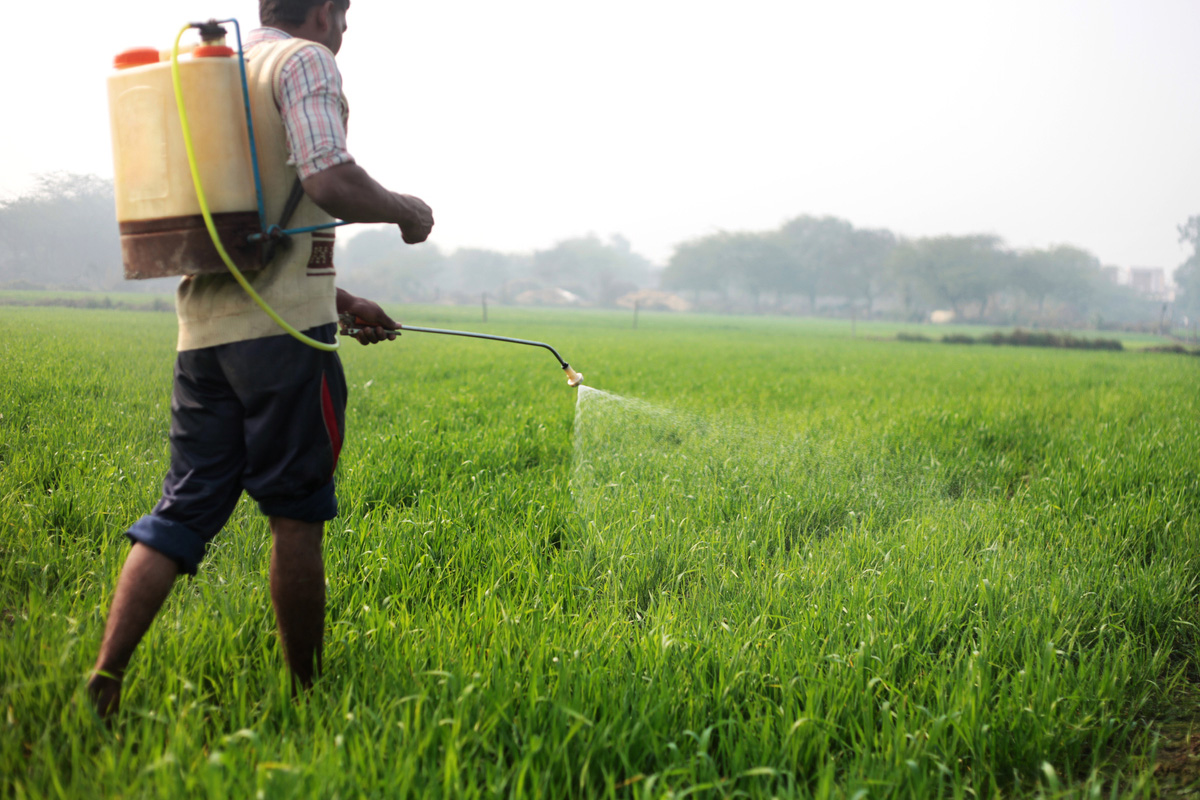The more I learned about the use of pesticides, the more appalled I became. I realized that here was the material for a book. What I discovered was that everything which meant most to me as a naturalist was being threatened, and that nothing I could do would be more important. — Rachel Carson
Pesticide-related issues are always highlighted in the media, including research journals, apart from debates among the interested groups and policy-makers in India. Indiscriminate and excessive use of toxic synthetic pesticides have resulted in serious consequences: environmental pollution, development of resistance in insects, destruction of beneficial organisms, emergence of new pests, destabilization of biodiversity, adverse health impact on society and so on.
Advertisement
Around 25 million agricultural workers in the developing countries are suffering from pesticide poisoning every year. As many as 20,000 people in developing countries die annually out of consumption of pesticides in food, according to the World Health Organisation [WHO]. Records in India show that the first pesticide death occurred in 1958 in Kerala from consumption of contaminated wheat that contained parathion. The Bhopal disaster of December 1984 is another stark example of pesticide deaths. Poisonous gas called Methyl Isocyanate (MIC), had leaked from Union Carbide’s pesticide plant, killing 3,787 people. Kerala suffered the endosulfan tragedy.
Apart from high incidence of cancer, congenital abnormalities and skin diseases, human milk and cow milk have been found to contain endosulfan residues. In the pretext of agricultural development,e cancer, epilepsy, mental retardation have detected following the use of pesticides. Punjab, the showpiece state of India’s Green Revolution, has the infamous cancer train. Over the past five years there have been more than 33,318 cancer deaths in the cotton- growing districts of the state. This has been linked to the overuse of pesticides for decades. by farmers. The Centre for Science and Environment (CSE) has reported high levels of pesticides in blood samples of villagers in Punjab.
A recent study in Sri Lanka has also shown that there is an epidemic of kidney failure related to the increasing use of herbicide named glyphosate. The growing and liberal use of this herbicide in India has been linked to ‘illegal’ cultivation of herbicide- tolerant Bt cotton. Indeed, the damage caused by agricultural chemicals to the environment and human health began to attract our attention in the early 1960s when Rachel Carson wrote Silent Spring. These chemicals were shown to have accumulated in the environment and biomagnified, resulting in mortality, birth defects, mutations and diseases in humans and animals.
In the 1990s, Theo Colborn, Dianne Dumanoski and John Peterson Myers brought the issue of chemicals disrupting the reproduction and hormone systems of all species, including humans, to our attention through their book entitled Our Stolen Future and by Deborash Cadbury in his book, The Feminization of Nature. Science has established that agricultural chemicals are responsible for the decline in biodiversity along with environmental and health problems. The 2010 report by the US President’s Cancer Panel (USPCP) has earmarked nearly 1400 pesticides, registered by the Environmental Protection Agency (EPA) for agricultural and non-agricultural uses, as carcinogenic.
In India, the application of chemical pesticides dates back to 1948 while the production started in 1952 with the establishment of the manufacturing plant of miracle organochlorine insecticide DDT & BHC near Kolkata. India is now the fourth largest global producer of agro-chemicals after the US, Japan and China. During 2016-17, about 57,000 MT active ingredients of pesticides were consumed in the country. Pesticides are not only used in agriculture but also in many areas like ornamental plants, and forest trees, general soil treatment, for treatment of animals and pets, household pest management, storage places, wood and wood structure protection treatment, aquatic sites, building protection etc.
Pesticide consumption for plant protection in India is estimated to be around 600 grams per hectare, while countries such as Taiwan, China and Japan consume 17 kg, 13 kg and 12 kg per receptively. However, with resect to overall consumption, India ranks 10th in the world. Cotton forms roughly 5 per cent of the gross cropped area in the country while consuming 36 to 50 per cent of total pesticides. This accounts for the loss of cotton yield, to the extent of 50-60 per cent, primarily due to ballworm infestation. Rice is the second highest (around 20 percent) pesticide-consuming crop.
The use of pesticides in agriculture has been increasing with time as the demand for food production increases with the increase in the population. Historically, pesticides have known as economic poison and can be categorized into insecticides, fungicides, herbicides and plant-growth-regulators based on their activities and target groups. Globally, herbicides account for approximately 80 percent of all pesticides used. As India is a tropical country its crop protection market is skewed towards insecticides, which form about 60 per cent of domestic crop protection market and obviously the major applications are found in rice and cotton crops. Fungicides and herbicides are the largest growing segments accounting for 18 per cent and 16 per cent respectively. Rice and wheat crops are the major application areas for herbicides.
The application of fungicides is higher in fruits, vegetable and rice. Currently, the bio-pesticides market share is 3 per cent, and growth is expected due to increasing concerns over food and environmental safety, stringent regulations and government support. Indeed, the main cause of concern is the rampant and non-judicious use of pesticides , under the adage, ‘if little is good, a lot more will be better.’ , while nearly 90 per cent of pesticides never hit the pests they are meant to, but end up contaminating air, soil and water ~ eventually entering the food chain as slow poison. Regulatory authorities are using data-free assumptions to perpetuate a series of mythologies to the public into a false sense of security about the safety of their levels of exposure of pesticides.
(To be concluded)
(The writer is a retired IAS officer)









